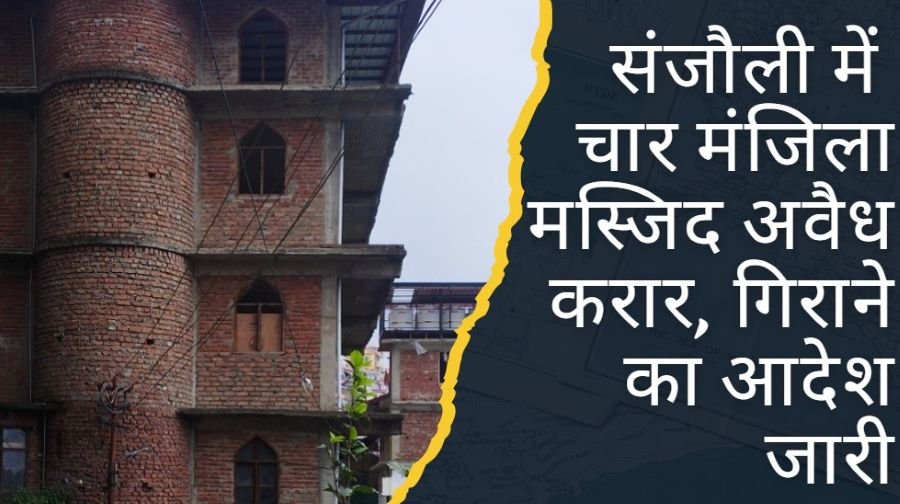
Devotion Turns to Tragedy: Goa Temple Stampede Leaves Six Dead, Dozens Injured
- Crime/MishappeningHEADLINESNATION
- May 3, 2025
- No Comment
- 16
In the early hours of Thursday morning, what should have been a sacred celebration at the Sree Lairai Devi Temple in Shirgao, a village nestled in Goa’s northern hills, turned into a horrifying tragedy. At approximately 3 a.m., as tens of thousands of pilgrims gathered for the annual zatra, or religious fair, panic swept through the crowd. Within moments, a stampede erupted along one of the temple’s narrow, sloping approaches, killing six and injuring many more.
Authorities say the incident occurred when a group of devotees standing on an incline lost balance. One misstep triggered a cascade of bodies tumbling over each other, a tragic consequence of sheer numbers and lack of space. According to Director General of Police Alok Kumar, an estimated 30,000 to 40,000 people had converged on the temple for the event—many from the neighboring Indian states of Maharashtra and Karnataka. The slope where the stampede occurred became a deadly trap for 40 to 50 individuals, as cries for help were muffled under the crush of human bodies.
For locals and visitors alike, the festival at Sree Lairai Devi is one of the most important events on the religious calendar. The temple, located about 40 kilometers from Goa’s capital Panaji, is revered for its spiritual significance among Hindus, particularly devotees of the goddess Lairai. The annual fair draws tens of thousands of worshippers who walk barefoot and carry offerings, participating in rituals that have been passed down for generations. This year’s gathering, however, has cast a long, somber shadow over the festivities.
Goa’s Chief Minister Pramod Sawant promptly visited the North Goa District Hospital, where the most severely injured were being treated. In a public statement on social media platform X (formerly Twitter), Sawant acknowledged receiving a call from Prime Minister Narendra Modi, who expressed condolences and extended full federal support for relief efforts.
Hospitals across North Goa were placed on emergency footing. Officials confirmed that eight people remain hospitalized with serious injuries, while at least ten others were treated for minor wounds and discharged. The number of injured may rise, as many victims were initially taken to local clinics or assisted by fellow pilgrims.
The tragedy at Shirgao raises urgent questions about crowd control, infrastructure readiness, and public safety protocols during large-scale religious gatherings—issues that India has struggled with for decades. From the deadly Kumbh Mela stampede in Allahabad in 2013 to the catastrophic rush at the Sabarimala temple in Kerala in 2011, India’s spiritual calendar has too often been marred by human loss during mass gatherings.
Part of the challenge lies in the deeply emotional nature of religious observance in the country. Millions of Indians regularly undertake arduous pilgrimages, often traveling long distances by bus, train, or foot, to participate in temple festivals and rituals. These events are more than just acts of worship—they are expressions of identity, community, and faith. But when devotion intersects with inadequate planning, the results can be fatal.
In recent years, India has made progress in monitoring large events through the use of drones, public surveillance systems, and better on-ground coordination. Yet, Thursday’s events in Goa are a stark reminder that even modestly sized villages hosting grand festivals can quickly become overwhelmed.
What makes the loss at Shirgao particularly poignant is that it happened at the heart of what was supposed to be a unifying, joyous tradition. Families came to seek blessings, give thanks, and be part of a larger spiritual moment. Instead, many now mourn lost loved ones and nurse both physical and emotional wounds.
As investigations begin into what went wrong, and how a slope so central to the temple approach became a site of such devastation, the deeper question remains: can the growing scale of modern pilgrimage in India be reconciled with the infrastructure of its ancient temples?
Until then, the chants of prayer in Shirgao are likely to be echoed by cries for accountability—and, perhaps more pressingly, for change.
This article was auto-generated and edited by our news team in accordance with international reporting standards.
#GoaTempleTragedy #StampedeIndia #ReligiousFestival #PublicSafety #HumanInterestNews



